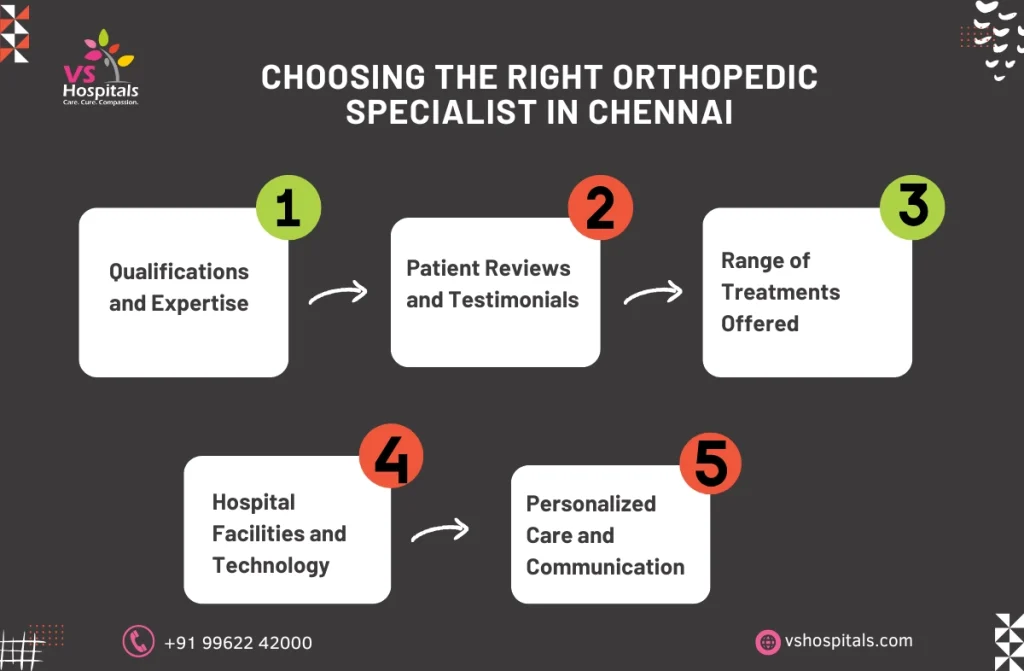Orthopedic Physical Therapy is an important treatment for those recovering from injuries or surgeries related to the bones, muscles, and joints. Whether you’re dealing with a sports injury, post-surgical recovery, or chronic pain, this therapy helps improve movement, reduce pain, and restore function. At VS Hospital, our experienced orthopedic physical therapists work closely with patients to design tailored rehabilitation programs. In this article, we’ll explore what is orthopedic physical therapy, its types, benefits, and how it works to support your recovery.
What Is Orthopedic Physical Therapy?
Orthopedic Physical Therapy is a specialized branch of therapy that focuses on treating musculoskeletal conditions. These include injuries to bones, joints, ligaments, muscles, and tendons. The goal of this therapy is to help patients recover movement, strength, and flexibility. It may include exercises, manual therapy, and other techniques to address pain, stiffness, or weakness caused by injuries or surgeries. Types of orthopedic physical therapy can include manual therapy, therapeutic exercises, and modalities like heat or ice.
How Orthopedic Physical Therapy Works
Orthopedic Physical Therapy works by evaluating and diagnosing a patient’s movement patterns and pain points. Once the evaluation is complete, the therapist designs a personalized treatment plan. Here’s how it works:
- Movement exercises: Focus on restoring range of motion.
- Strengthening exercises: Aim to increase muscle strength.
- Manual therapy: Involves hands-on techniques to reduce pain and improve movement.
- Education: Teaches proper posture and body mechanics.
- Modalities: Includes heat, cold, ultrasound, or electrical stimulation to manage pain.

What Types of Treatments Are Used?
Orthopedic Physical Therapy involves a variety of treatments to promote healing and relieve pain. Types of orthopedic physical therapy treatments include:
- Therapeutic Exercises: Target strength, flexibility, and joint mobility.
- Manual Therapy: Hands-on techniques to improve movement and reduce pain.
- Electrotherapy: Uses electrical currents to stimulate muscles and relieve pain.
- Heat and Ice Therapy: Reduces inflammation and promotes blood flow.
- Posture and Movement Education: Teaches patients how to avoid stress on the body during daily activities.
Common Orthopedic Conditions Treated
Orthopedic Physical Therapy helps treat various conditions, such as:
- Fractures: Rehabilitation after bone injuries.
- Arthritis: Relieves pain and improves joint function.
- Sports Injuries: Addresses strains, sprains, and joint injuries.
- Back and Neck Pain: Reduces pain and improves mobility.
- Post-surgical recovery: Aids in recovery after surgeries like hip or knee replacements.
- Tendonitis: Eases inflammation in tendons.
Benefits
Orthopedic Physical Therapy offers many benefits, including:
- Pain relief: Reduces pain without relying on medication.
- Improved mobility: Restores movement and function.
- Strengthening muscles: Helps prevent future injuries.
- Post-surgery rehabilitation: Speeds up recovery after surgery.
- Prevention: Teaches techniques to prevent re-injury.
- Better posture and balance: Reduces strain on muscles and joints.
Techniques and Approaches in Orthopedic Physical Therapy
Orthopedic Physical Therapy uses several techniques to help with recovery. Some common approaches include:
- Manual therapy: Hands-on techniques to manipulate muscles and joints.
- Therapeutic exercises: Focus on strength, flexibility, and balance.
- Neuromuscular re-education: Helps retrain muscles to function properly.
- Aquatic therapy: Uses water to reduce strain on the body.
- Functional training: Prepares patients to return to daily activities.
Therapeutic Exercises and Stretching
Therapeutic exercises and stretching are vital parts of orthopedic physical therapy. These exercises are designed to:
- Improve strength: Build muscle strength and endurance.
- Increase flexibility: Improve joint flexibility and range of motion.
- Enhance coordination: Focus on joint stability and balance.
- Stretch muscles: Helps prevent stiffness and increases circulation.
- Prevent future injuries: By strengthening muscles and improving flexibility. For those with joint concerns, especially around the knees, our guide on knee strengthening exercises can be an excellent resource to complement your therapy plan.
Orthopedic Therapy vs Physical Therapy
| Aspect | Orthopedic Therapy | Physical Therapy |
|---|---|---|
| Definition | Specialized therapy focusing on the diagnosis, treatment, and rehabilitation of musculoskeletal conditions. | Treatment aimed at improving mobility, strength, and flexibility through exercises and techniques. |
| Focus Area | Bones, joints, ligaments, muscles, and tendons. | General body movement, flexibility, and pain relief. |
| Treatment Methods | Manual therapy, joint mobilization, and post-surgical rehab. | Exercises, stretches, and strength training. |
| Conditions Treated | Fractures, dislocations, arthritis, and post-operative care. | Chronic pain, injuries, and neurological conditions. |
| Goal | Restore function and promote musculoskeletal healing. | Enhance physical function and prevent future injuries. |
| Techniques Used | Orthopedic manipulation, bracing, and splinting. | Heat therapy, ultrasound, and resistance exercises. |
| Best for | Individuals with bone and joint issues. | Patients recovering from surgery or injury. |
How Long Does Recovery Take?
The length of recovery with orthopedic physical therapy depends on various factors, such as the severity of the condition and the patient’s commitment to the treatment plan. Generally, recovery can take anywhere from a few weeks to several months. Patients who adhere to their prescribed exercises and attend regular therapy sessions tend to recover more quickly. Regular progress checks ensure the right treatment plan is followed.
Challenges with Physical Therapy in Orthopedic Care
While orthopedic physical therapy is effective, some challenges may arise, including:
- Pain: Initial treatments may cause discomfort.
- Motivation: Patients may struggle to stick with the treatment plan.
- Time commitment: Frequent therapy sessions may disrupt daily schedules.
- Slow progress: Some conditions take longer to heal.
- Financial barriers: Therapy can be costly without insurance coverage.
How to Find an Orthopedic Physical Therapist
To find a qualified orthopedic physical therapist:
- Ask for referrals: From your best ortho doctor or trusted healthcare providers.
- Check credentials: Ensure the therapist is licensed and experienced.
- Consider experience: Choose a therapist who specializes in your specific condition.
- Consult reviews: Read patient reviews or testimonials.
- Visit reputable hospitals: Such as VS Hospital, where professionals like Prof. Dr. S. Sundar provide excellent care.
Conclusion
Orthopedic Physical Therapy is essential for anyone recovering from musculoskeletal issues. Whether you’re dealing with an injury, surgery, or chronic pain, this therapy helps restore strength, mobility, and function. At VS Hospital, we offer expert orthopedic physical therapy services to support your recovery. If you’ve been asking yourself, What is Orthopedic Physical Therapy?, the answer lies in its ability to improve your overall health and quality of life.
